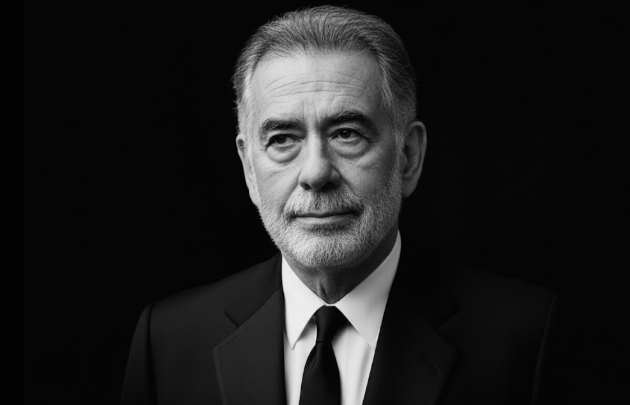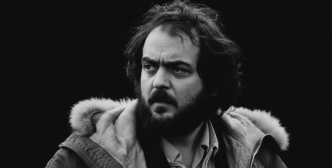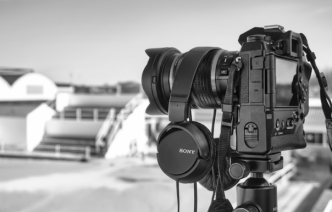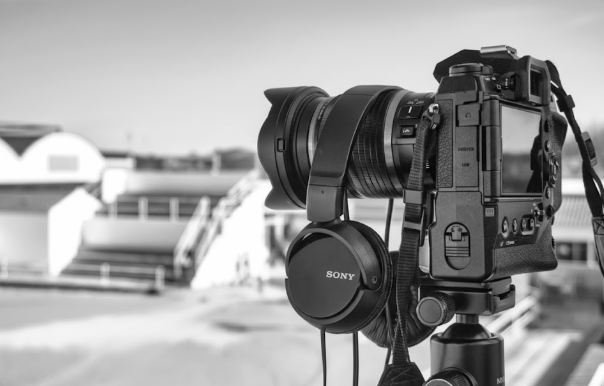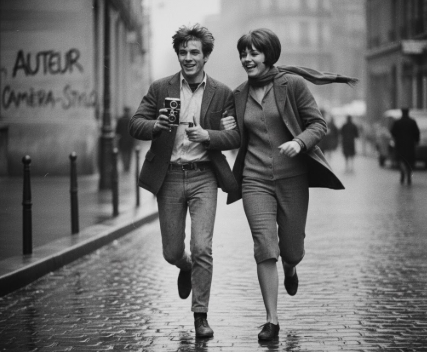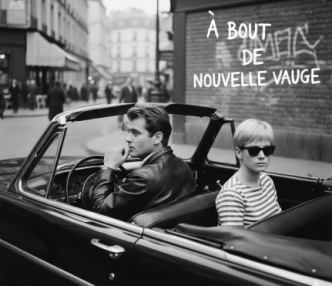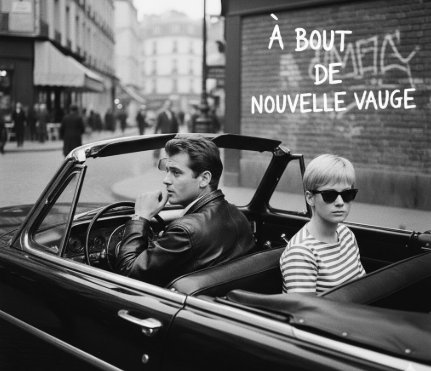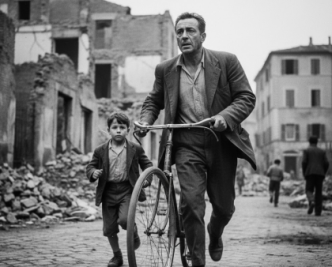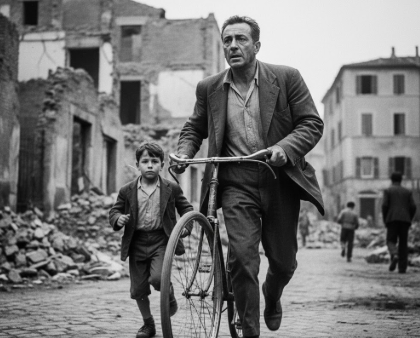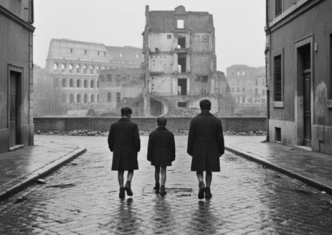Francis Ford Coppola’s The Godfather (1972) is more than a film; it is a foundational text of American cinema. While its script, performances, and direction are legendary, the film’s enduring power is inextricably linked to its revolutionary visual language, crafted by the masterful cinematographer Gordon Willis. Nicknamed “The Prince of Darkness” by his peers, Willis defied the bright, evenly lit conventions of Hollywood, creating a style that was as controversial as it was groundbreaking.
The cinematography of The Godfather is not merely an aesthetic choice but a fundamental storytelling tool. Through a deliberate and painterly use of shadow, color, and composition, Willis created a visual world that perfectly mirrors the film’s central themes of power, corruption, and the haunting duality of good and evil.
The Prince of Darkness: Lighting and Shadow
The most iconic element of The Godfather’s cinematography is its darkness. Willis embraced underexposure and low-key lighting to create a somber, secretive atmosphere that visually represents the criminal underworld. This is established in the very first scene. As the undertaker Bonasera makes his plea, the room is shrouded in shadow, a stark contrast to the sun-drenched wedding celebration happening just outside. This visual dichotomy—the dark, quiet rooms where business is conducted versus the bright, loud world of family and public life—becomes a recurring motif, separating the Corleones’ two realities.
Willis’s most audacious technique was his use of top-down lighting, particularly on Marlon Brando as Don Vito Corleone. This method cast Brando’s eyes in deep shadow, often making them completely invisible to the camera. Studio executives were famously alarmed, complaining that they couldn’t see the eyes of their biggest star. But the artistic choice was profound. By obscuring Vito’s eyes, Willis made him an unknowable, mysterious figure; we hear his words and feel his power, but we are denied access to his soul, creating a sense of lurking menace.
This use of light and shadow also masterfully charts character transformations. Michael Corleone begins the film brightly and evenly lit, visually separated from the family’s dark dealings. As he is drawn deeper into the criminal world, his face is increasingly consumed by shadow, culminating in the final scenes where, as the new Don, his eyes are as dark and unreadable as his father’s were. The lighting becomes a visual metaphor for his descent.
A Painterly Tableau: Composition and Framing
Willis and Coppola approached the film in a “painterly tableau style,” composing each frame with the meticulousness of an Old Master. The rich, refined colors and the dramatic use of light and shadow (chiaroscuro) evoke the work of painters like Rembrandt and Caravaggio. This classical composition gives the film a sense of gravitas and timelessness.
Camera angles and character placement (blocking) are used to subtly communicate power dynamics. Low-angle shots make characters appear dominant, while high angles can suggest vulnerability. In the pivotal scene after Vito has been shot, the blocking perfectly illustrates the shifting hierarchy. Initially, the hot-headed Sonny dominates the frame, literally standing over others and even obscuring Michael from view. But as Michael calmly takes control of the situation, the camera’s focus and the blocking shift, placing him at the center of the frame and pushing the other characters into the background. His rise to power is shown visually before it is fully realized in the narrative.
The film’s opening shot is a masterclass in this technique. It begins with an extreme close-up on Bonasera’s face and then executes a slow, nearly three-minute zoom out, gradually revealing that he is speaking to Don Corleone, whom we see only from behind. This composition establishes the Don’s immense power before we even see his face, positioning the audience as a supplicant in his court.
The Deliberate Camera: Movement and Perspective
In an era of growing technological experimentation, Willis and Coppola made the conscious decision to use a restrained and deliberate camera. They famously avoided modern tools like zooms and excessive camera movement, preferring a more classical, static approach that allows the drama to unfold within the meticulously composed frame. This forces the audience to be patient observers, studying the scene like a painting.
To maintain a consistent and unified visual perspective, Willis shot approximately 90% of the film with a 40mm lens, rarely changing focal lengths. This choice prevents the kind of distortion that can pull an audience out of the story, preserving the integrity of the “picture space” and immersing the viewer in a realistic, cohesive world. The use of long takes further enhances this sense of realism, allowing performances to play out in real-time without the interruption of an edit.
Conclusion: A Legacy Written in Light and Shadow
The cinematography of The Godfather is a masterclass in visual storytelling. Gordon Willis’s revolutionary use of darkness, his painterly compositions, and his deliberate, subjective camera created a visual language that was not just beautiful, but deeply meaningful. Every shadow and every angle serves the story, enriching the characters and amplifying the film’s tragic themes. It was a style that broke the rules, challenged the establishment, and ultimately set a new standard for how cinematography can function as an essential element of narrative art, influencing generations of filmmakers to come.
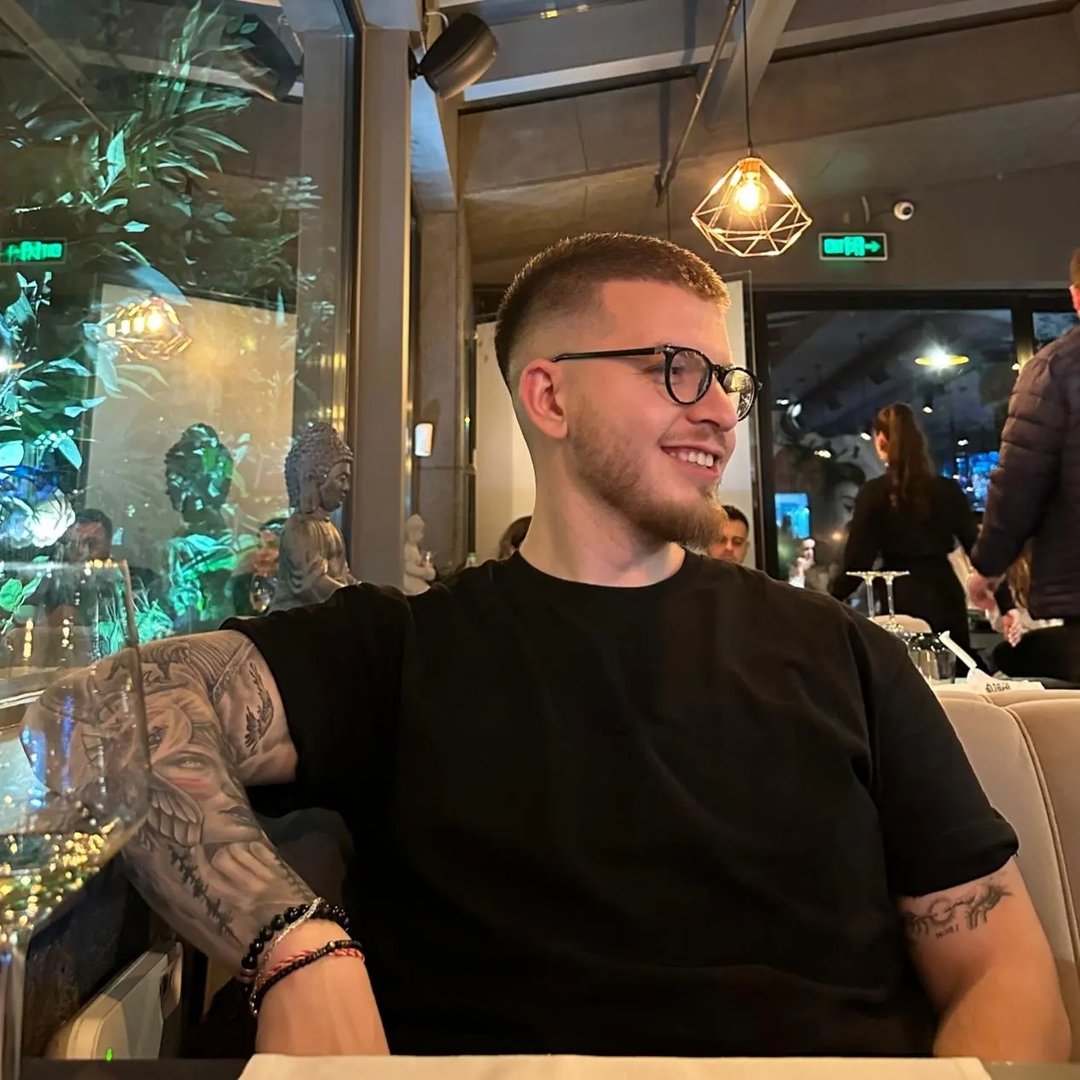
Dario Loce is the founder and editor of Celebrimous. He is a lifelong film enthusiast and the author of several locally-published books on cinema history and analysis. His passion is deconstructing the “how” and “why” of filmmaking, from the director’s vision to the editor’s cut. When not lost in a classic film, he’s usually walking through the city, replaying scenes in his mind like unfinished stories.

